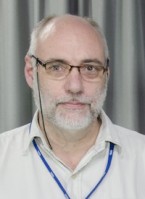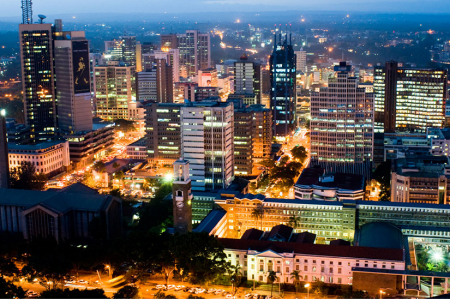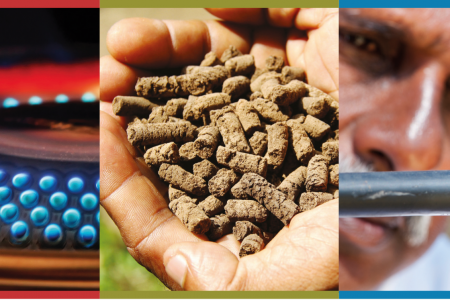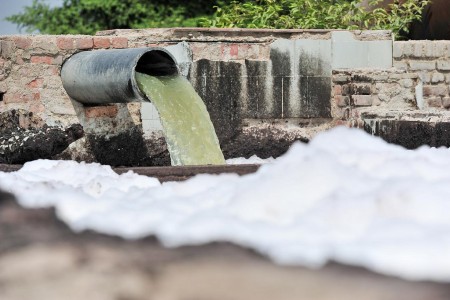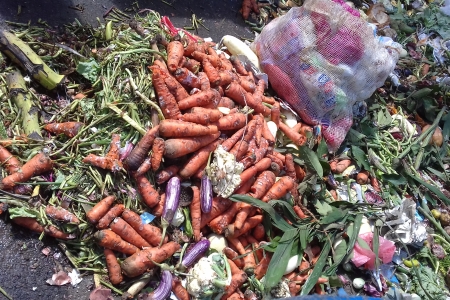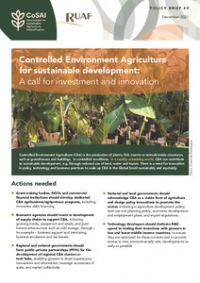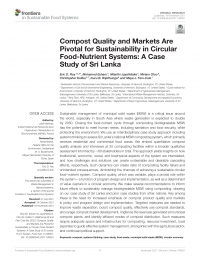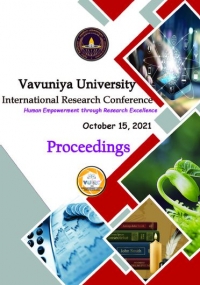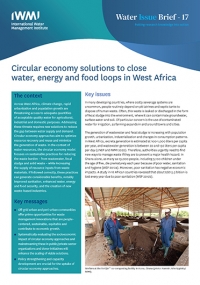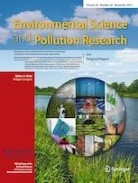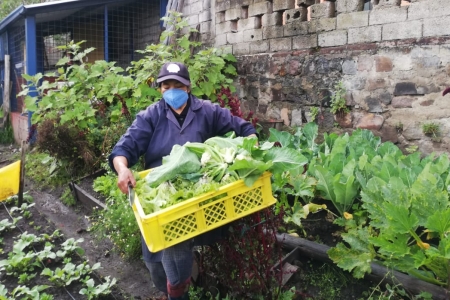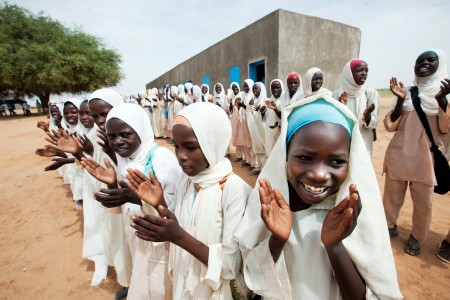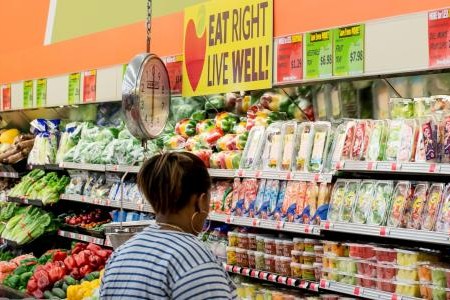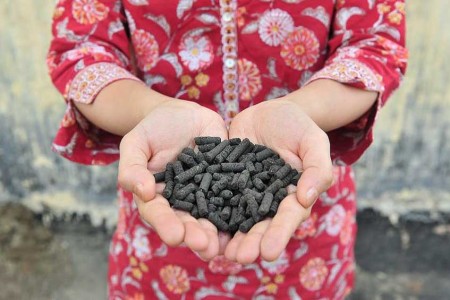Urbanization means new economic and livelihood opportunities but also increasingly centralized consumption needs. With increasing urban growth, food security and poverty are no longer the only rural challenges. Peri-urban areas, in particular, are hot spots for farming system transformation and intensification in view of urban demands, while at the same time hungry and thirsty cities are putting increasing pressure on water and land resources and increased vulnerability to disruptions in safe and nutritious food availability and supply, especially in areas affected by climate change.
At the same time, the public sector struggles to keep up with what the urban metabolism discharges, through sanitation services and waste management. Feeding urban populations in a sustainable way requires understanding how to improve the resilience of city food systems, while simultaneously addressing risks and challenges to human health and the environment from food waste, excreta and wastewater.
The Rural-Urban Linkages (RUL) Research Theme addresses these interlinked challenges from a landscapes and territorial perspective, assessing the performance of city region food systems and of urban and peri-urban agriculture, analyzing climate vulnerability, sustainability dimensions, resource competition and environmental degradation, while identifying innovative ways to turn challenges into policies, strategies and business opportunities, for food production and jobs in the food system and instance by closing water and nutrient loops. By promoting improved rural-urban food systems and governance, and by turning waste into usable products like fertilizer, irrigation water, and fuel, RUL increases water- and nutrient-use efficiency at a systemic level while improving urban resilience, food security and nutrition and vibrant food economies.
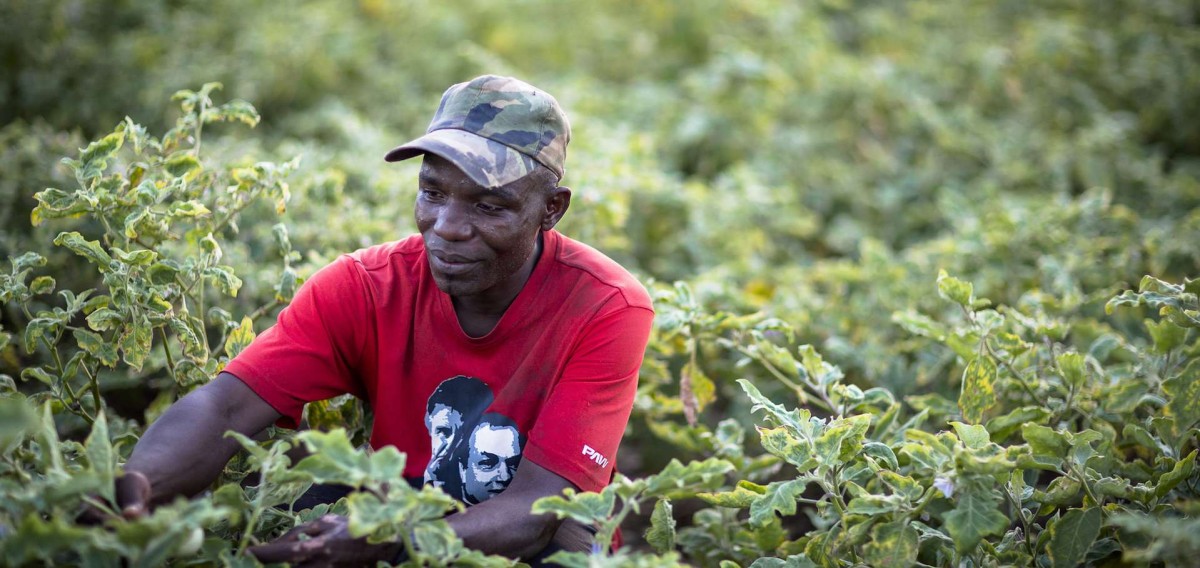
Promoting resilient city region food systems and urban food security
City region food systems offer concrete policy and program opportunities to simultaneously address Sustainable Development Goal (SDG) 11 (sustainable human settlements), SDG 2 (on sustainable agriculture and food and nutrition security) and SDG 12 (on sustainable production and consumption). Improved urban-rural linkages can help optimize food production close to and within cities and towns, as well as in rural areas located favorably near inputs and markets, ensuring both improved food and nutrition security for the urban and rural vulnerable population, as well as enhanced livelihoods for all actors involved in food production as well as value and supply chains. WLE is working on increased capacity and evidence for stakeholders and policymakers to implement food system , urban and peri-urban agriculture related policies and farming system innovations. [Read more]
60% of all jobs in urban areas in East Africa are affiliated with food systems.
Women living in urban areas are about 7-12% more likely to be overweight than rural women.
The food system is a major generator of urban employment and livelihoods in areas of food production, processing and food distribution (and potentially, recycling and waste management); large and small-scale and formal and informal enterprises benefit from the food system; and it is often a key source of work for women and young people. - World bank, 2017
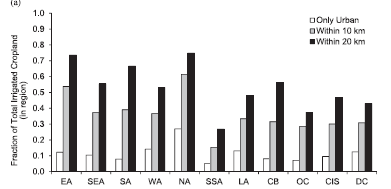
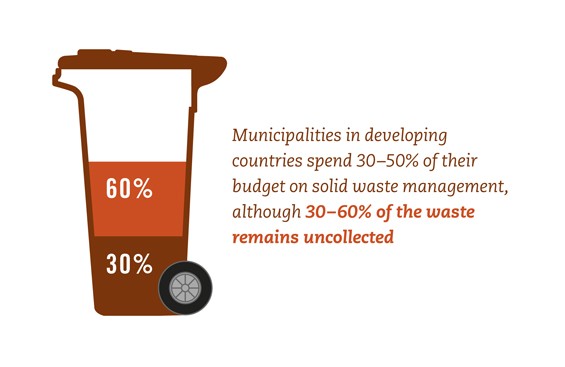
Solutions for a growing sanitation problem
Although the potential value has been known for years, few previous attempts to reuse resources from waste in agriculture have been successful in the long run. However, significant quantities of water, nutrients and energy can be recovered from domestic and agro-industrial waste materials, including food waste and wastewater. Reusing waste can reduce pollution, improve sanitation, enhance food security for millions of poor households and support green economies. WLE is working with a wide range of partners to develop viable sanitation solutions that harness a potential environmental disaster to provide jobs and environmental benefits. [Read more]
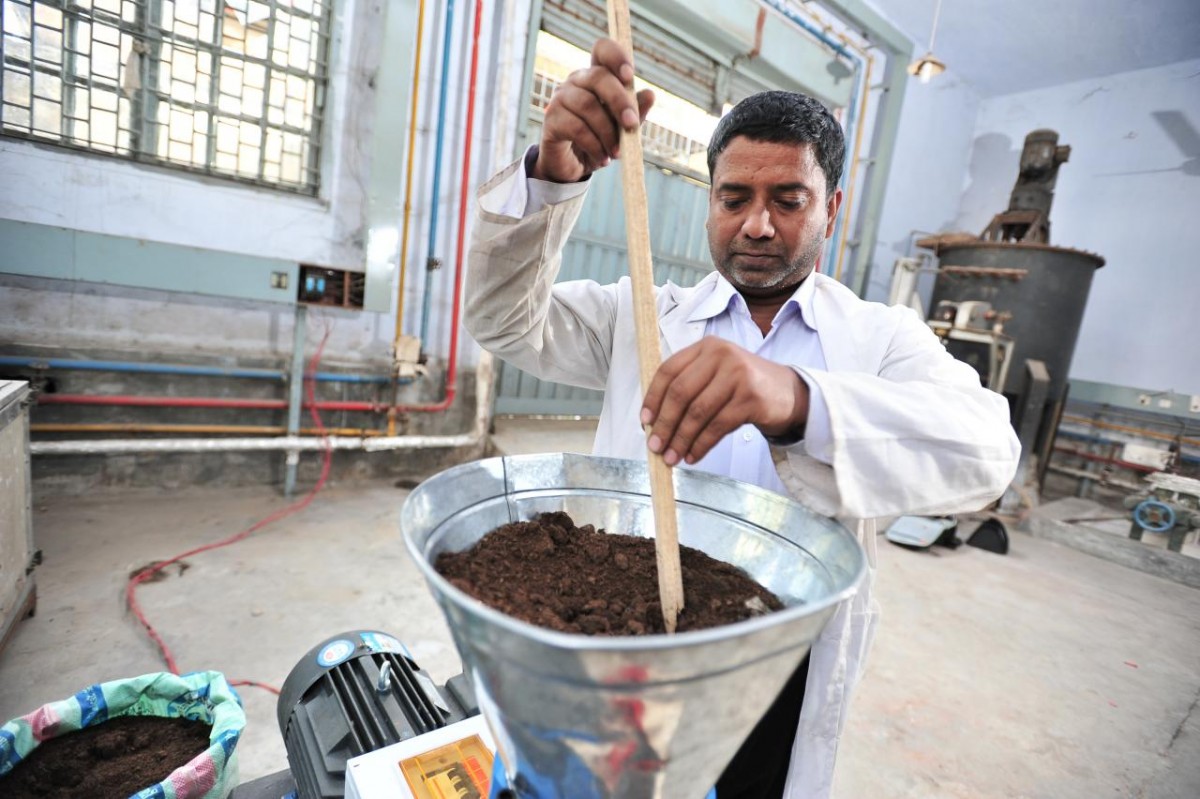
Exploring business avenues for human waste reuse
"An enormous development opportunity exists to convert human waste into a resource that can benefit millions of poor farmers while providing cost recovery incentives for reducing the world's most pressing sanitation problem" -Pay Drechsel, leader of WLE's RRR program
WLE has examined dozens of case studies on the reuse of human waste and wastewater and started testing the feasibility of some of the most promising business models in 10 cities across the globe. Furthest along is a public-private partnership model to turn fecal sludge into fertilizer pellets that started in Accra, Ghana. The product, which underwent field tests in northern and southern Ghana, is in the process of being trademarked as Fortifer. The trials showed that cabbage and maize yields were as high with Fortifer as with the use of an inorganic fertilizer.
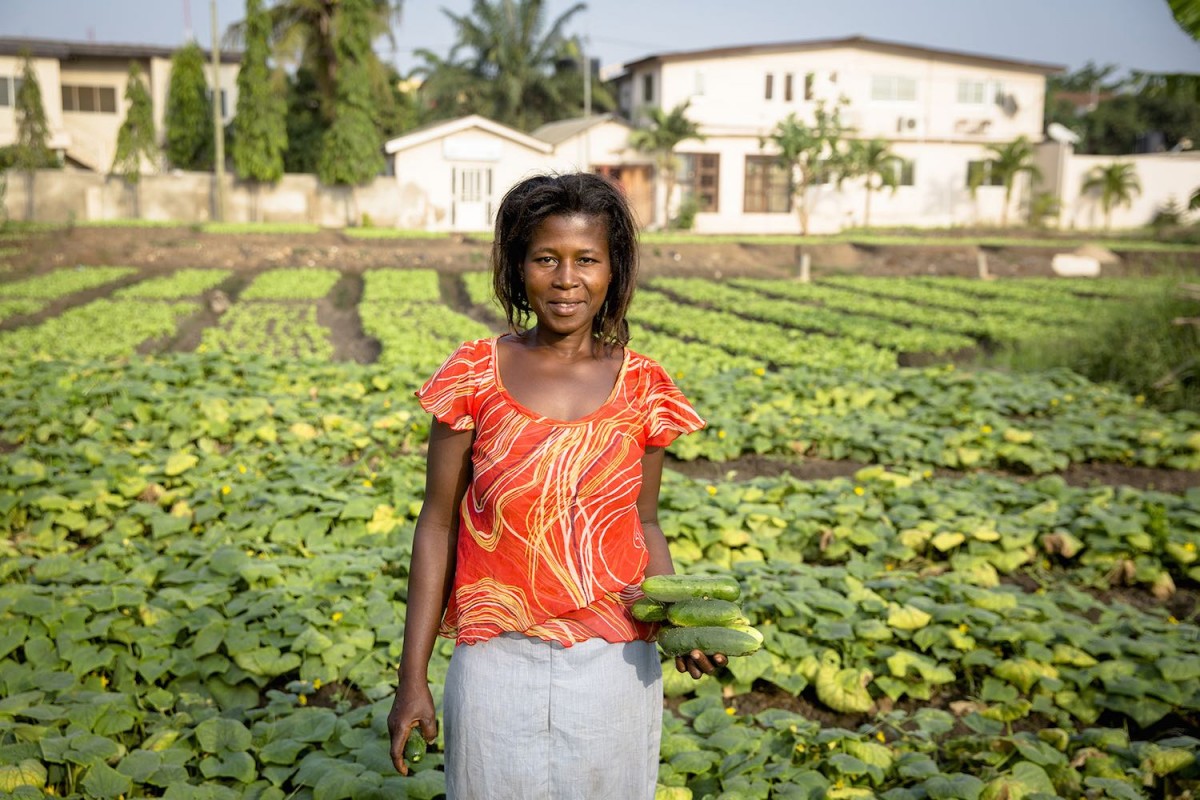
Innovative, market-driven business models will help reintroduce water and energy back into the production cycle, making the use of resources more efficient. [Read more]
A new vision for waste, and the future
The Resource Recovery and Reuse research theme aims to change the ways waste is seen and used by analyzing, evaluating and promoting new solutions. Such solutions are expected to reduce the emission of greenhouse gasses, cut the use of chemical fertilizers and improve the health of farmers and city dwellers.

